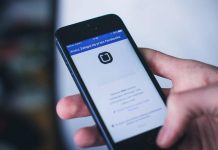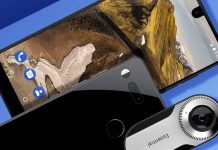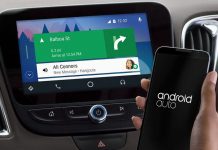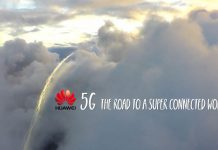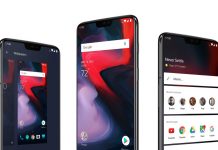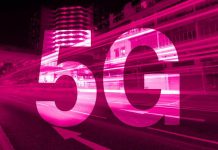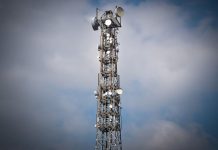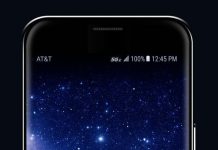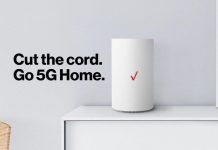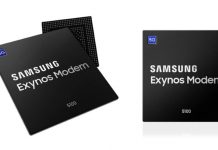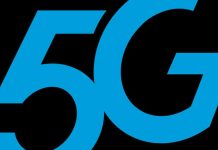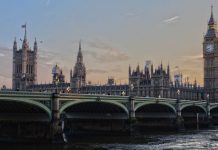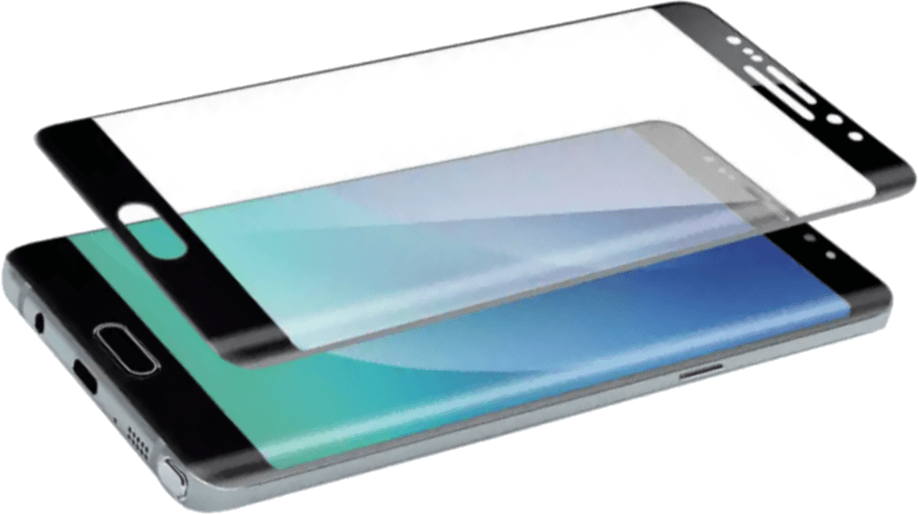It is very hard to provide the mobile Internet signal from 3G and 4G LTE networks under the ground. Therefore, Londoners have to use the Wi-Fi hotspots when they are traveling via the London Underground to work or school. These Wi-Fi hotspots are administrated by Transport for London (TfL) organization in the cooperation with the UK mobile operators. However, TfL is going to start tracking passengers.
The TfL is responsible for managing public transport in London, including the Underground. Fortunately, they are not going to capture the whole Internet traffic which goes through these Wi-Fi hotspots and analyze this. The organization will only log MAC addresses of devices which will send connection requests to their Wi-Fi hotspots. The MAC address is unique code which identify every network card (including Wi-Fi modems in our smartphones) in the whole world. Basing on these informations, the TfL will be able to determine how their customers travels using the London Underground network.
The TfL will start the trial on 21st November in 54 stations within London’s Zones 1-4.
Of course, if you do not want to be part of this experiment, then you will have to disable Wi-Fi connection in your smartphone when you will be traveling. The TfL is going to use this data in order to optimize the Underground network. Generally, this is very ambitious plan, because 1.34 billion passengers use the London Underground each year. Here, you have the comment from Shashi Verma, the CTO at Transport for London, about upcoming trial:
This short trial will help us understand whether Wi-Fi connection data could help us plan and operate our transport network more efficiently for customers. Historically, if we wanted to know how people traveled, we would have to rely on paper surveys and manual counting, which is expensive, time consuming and limited in detail and reliability. We hope the results of this trial will enable us to provide customers with even better information for journey planning and avoiding congestion.
In my opinion this tracking will be very similar to the TimeLine known from Google Maps. I think that you may not like that Google collects data about your position, but you love all information about traffic jams and rush hours presented on Google Maps. For an example, thanks to this you can predict when in your gym or the mall will be fewer people and you may exercise or go shopping more comfortably.

